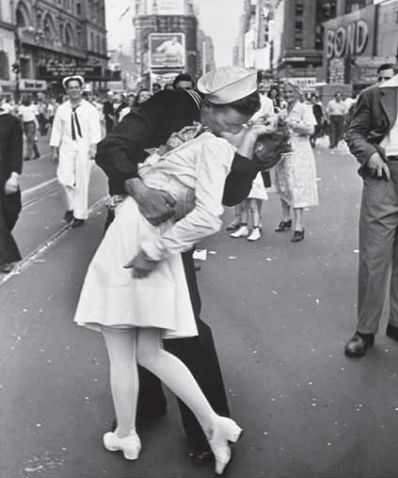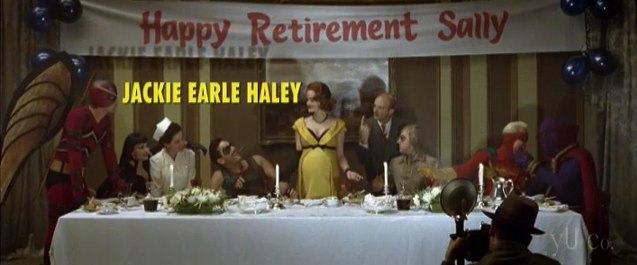On March 31st, 10 years ago, a film called The Matrix hit movie theatres and took the film industry/pop culture world by storm. It lead to copy-cats in content, style, and in technology (The Matrix‘s ‘Bullet-cam’ became the ‘effect to do’ for the first several years of the 21st century in action movies)
It was lauded for its originality, but really, it was a combination of a plethora of influences and cultural properties which helped/help define a generation (Gen X, as the creators, Andy and Larry Wachowski). It was Hong Kong cinema made in the US, it was a live-action anime, it was pop-philosophy and comparative religion, it was cyberpunk and a blockbuster film all rolled up into one.
Transmedia Storytelling
It also launched one of the more successful transmedia properties of the last decade, as indicated by its use as an example in Henry Jenkins’ Convergence Culture chapter “Searching for the Origami Unicorn: The Matrix and Transmedia Storytelling)” (Jenkins 2006).
The Matrix universe has grown from one cultural work to include three films, a collection of animated shorts (The Animatrix), several video games (Enter The Matrix, The Matrix: The Path of Neo), including a MMO (The Matrix Online), comic books (The Matrix Comics), and a variety of merchandising tie-ins.
As Jenkins says,
The Wachowski Bros. played the transmedia game very well, putting out the original film to stimulate interest, offering up a few Web comics to sustain the hard-core fan’s hunger for more information, launching the anime in anticipation of the second film, releasing the video game alongside it to surf the publicity, bringing the whole cycle to conclusion with The Matrix Revolutions, then turning the whole mythology over to the players of the massively multiplayer online game. Each step along the way built on what has come before, while offering new points of entry. (Jenkins, 2006).
In the hands of fans
An intrinsic part of successful transmedia storytelling is the creation of a setting that is generative of many stories. The premise of the Matrix allows for a nearly limitless number of stories to be told in a number of genres (A Detective Story is much more in line with the look and feel of Film Noir, whereas “Program” is steeped in samurai action (Chanbara). Since the Matrix itself is a programmed shared universe, it can be modified to fit different desires and perspectives. Why is it that Detective’s Ash world looked so different than Neo’s world? It’s not difficult to read in the possibility that there are/were a number of servers, with different settings (a noir world, a cyberpunk world, etc.) But even without having to fill in the gaps of the setting by making these readings, there are many different places for a number of stories. This allows for fan creativity to enter into the picture, another essential part of a vibrant transmedia property.
The Wachowskis/WB can lay out the official path of transmedia cultural flow between games and films and comics, but if transmedia storytelling universes are maps, there is space beside the roads and outside the buildings in addition to those official pathways and locations. There is always room for fan-fiction, other games, fan art, vidding, and much more.
I remember playing a home-brewed Matrix table-top roleplaying game the summer of 1999, a game designed by friends so that we could tap into the awesomeness of the Matrix setting, even drawn in as limited a fashion as it was when the only data point was the original film. The mythology/setting of the Matrix had proven compelling enough to lead us to make our own ways to interact with the Matrix universe on our own terms, when not provided with an official outlet. A smart transmedia author/creator will encourage this informal/unofficial play/interaction, as it inevitably leads fans/customers back to the official parts, the ones that convert into sales.
Benefits of the transmedia approach
Unofficial transmedia play is free advertising. It keeps fans thinking about the property and shows/develops their level of involvement and investment. The more you play in the world of the matrix, the more it can matter, and so the more you will continue to play, and the more you will reach out to others to join you.
The Matrix universe was far from the first transmedia storytelling venture. George Lucas’ Star Wars had become comics, video games, action figures, trivia games, board games, memorabilia and more decades before The Matrix. However, The Wachowskis & Co. did utilize new media technologies and digital cultural socialization to further its popularity with a strong online presence. The Matrix Comics were first shared online, and preview videos of the Animatrix were available exclusively on the web before the DVD release.
A transmedia approach also allows a cultural property to become a franchise, with film, television, comics, video games, and other media to be tied in, allowing a tv show to reach out to video gamers and to comics readers, building its fan base with every new node in the transmedia map.
Other properties since have followed the transmedia model, but we can remember The Matrix property as one of the most commercially successful examples in recent memory. While opinions on the 2nd and 3rd films vary wildly, it is hard to deny the economic success and cultural impact of the Matrix property, and much of that is due to a transmedia storytelling and marketing approach.


